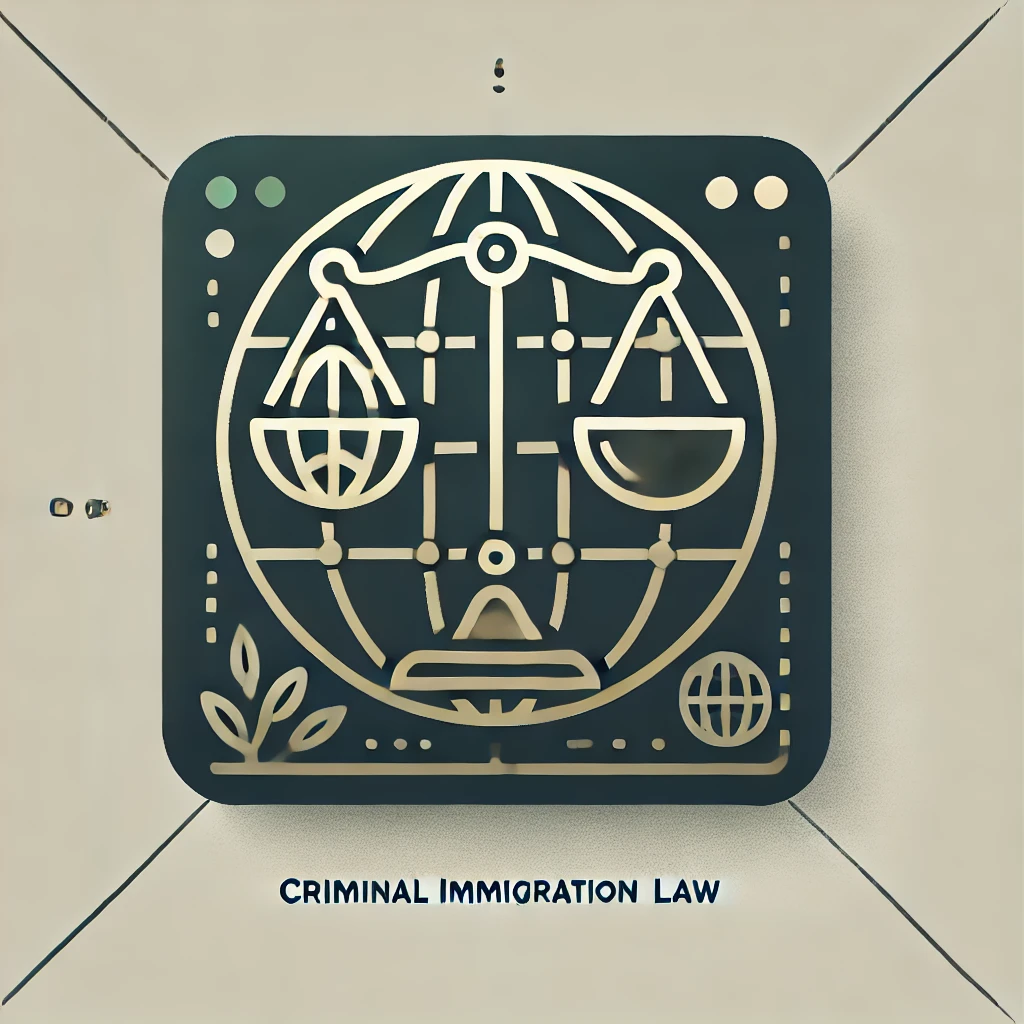Introduction
If you or someone you know is facing immigration challenges, understanding the Form I-601: Application for Waiver of Grounds of Inadmissibility is crucial. This form can be a lifeline for individuals who are deemed inadmissible to the United States due to various reasons. In this article, we’ll break down everything you need to know about this important application, making the process a little less daunting.
Who Needs to File Form I-601?,
Grounds of Inadmissibility,
How to File Form I-601,
Required Documents,
Processing Time,
Key Takeaways,
Conclusion
Understanding Form I-601: Application for Waiver of Grounds of Inadmissibility
What is Form I-601?
Form I-601, also known as the Application for Waiver of Grounds of Inadmissibility, is a form used by individuals who are applying for a visa or green card but have been found inadmissible to the United States. This form allows applicants to request a waiver for certain grounds of inadmissibility, which can include criminal history, immigration violations, or health-related issues. Think of it as a second chance—a way to prove that you deserve to be in the U.S. despite past mistakes.

Who Needs to File Form I-601?
Not everyone needs to file this form. Generally, if you’ve been told you’re inadmissible due to specific reasons, you might need to file the Form I-601. Here are some common scenarios:
- If you have a criminal record that makes you inadmissible.
- If you’ve previously been deported or removed from the U.S.
- If you’ve overstayed a visa or violated immigration laws.
- If you have a medical condition that could pose a public health risk.
In short, if you’ve received a notice of inadmissibility, it’s time to consider filing this form.
USCIS taking too long? Discover how a Mandamus lawsuit can get your case moving.
Learn How a Writ of Mandamus Can HelpGrounds of Inadmissibility
Understanding the grounds of inadmissibility is vital when dealing with the Form I-601. Here are some of the most common grounds:
- Criminal Grounds: Certain crimes can make you inadmissible, including drug offenses and crimes involving moral turpitude.
- Immigration Violations: Overstaying a visa or entering the U.S. without inspection can lead to inadmissibility.
- Health-Related Grounds: Communicable diseases or lack of required vaccinations can also be a reason.
- Public Charge: If you are likely to become dependent on government assistance, you may be deemed inadmissible.
Each case is unique, so it’s essential to consult with an immigration attorney to understand your specific situation.
How to File Form I-601
Filing the Form I-601 can seem overwhelming, but breaking it down into steps can help. Here’s how to do it:
- Gather Information: Collect all necessary information about your inadmissibility and personal history.
- Complete the Form: Fill out the Form I-601 accurately. Make sure to double-check for errors!
- Prepare Supporting Documents: Include any documentation that supports your case, such as character references or proof of rehabilitation.
- Submit the Form: Send your completed form and documents to the appropriate USCIS address.
- Pay the Fee: Don’t forget to include the filing fee, unless you qualify for a fee waiver.
Remember, attention to detail is key. A small mistake can lead to delays or denials.
Get complimentary general advice via email or WhatsApp!
For more in-depth legal counsel, phone or office consultations are available for a flat fee for up to 40 minutes.
Contact Us on WhatsApp Email usRequired Documents
When filing the Form I-601, you’ll need to provide several documents to support your application. Here’s a list of what you might need:
- Proof of your inadmissibility (e.g., denial notice).
- Evidence of your ties to the U.S. (e.g., family, employment).
- Character references from friends, family, or employers.
- Medical records if applicable.
- Any other documents that demonstrate your eligibility for a waiver.
Having a well-organized application can significantly improve your chances of approval.
Processing Time
Once you’ve submitted your Form I-601, you might be wondering how long it will take to get a decision. Processing times can vary widely based on several factors, including:
- The volume of applications at the USCIS office.
- The complexity of your case.
- Whether additional information is required.
On average, it can take anywhere from a few months to over a year. Patience is key, but you can always check the USCIS website for updates on processing times.
Looking for in-depth legal counsel? Call us or visit our contact page to schedule a paid consultation.
Call Us Visit Our Contact PageKey Takeaways
- Form I-601 is essential for those facing inadmissibility issues.
- Understanding the grounds of inadmissibility can help you determine if you need to file.
- Gathering the right documents is crucial for a successful application.
- Processing times can vary, so stay informed and patient.
Conclusion
Dealing with immigration issues can be incredibly stressful, especially when it comes to the Form I-601. Remember, you’re not alone in this journey. Seeking legal help early can make a world of difference in navigating the complexities of the immigration system. Don’t hesitate to reach out to an immigration attorney who can guide you through the process and help you secure your future in the United States.
Related Articles
- Understanding Immigration Waivers,
- How to Prepare for Your Immigration Interview,
- Common Mistakes on Immigration Forms,
- What to Expect After Filing Form I-601,
- Understanding the Immigration Appeals Process,
- Tips for Gathering Supporting Documents for Immigration,
- How to Overcome Immigration Challenges,
- Understanding the Role of an Immigration Attorney,
- Exploring Other Immigration Forms,
- How to Stay Informed About Immigration Changes,
